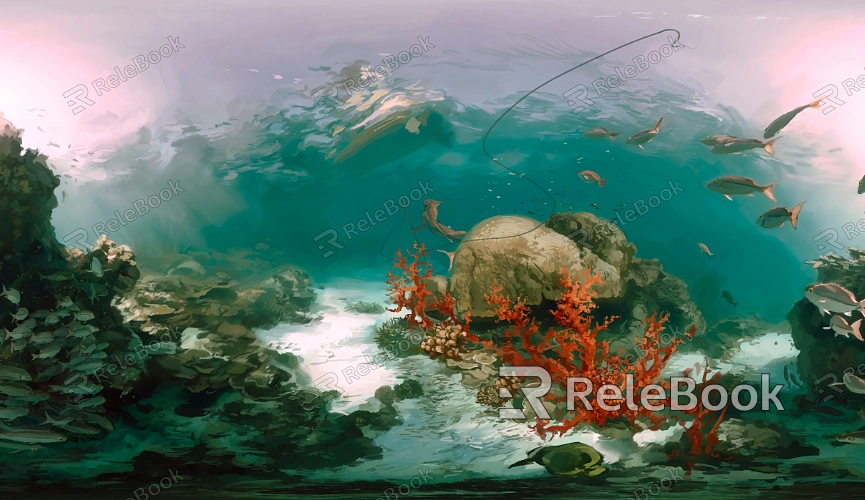How Do I Create a Depth Texture in Unity for HDR Environments
Depth textures play a vital role in rendering, particularly when it comes to creating realistic lighting and shadow effects. Many 3D software applications, such as Blender, 3ds Max, and Maya, support the generation and utilization of depth textures. However, effectively creating and applying depth textures in Unity can significantly enhance rendering quality and performance. This article will explore the steps and techniques for creating depth textures in Unity for HDR environments.

Understanding the Basics of Depth Textures
A depth texture is a specialized type of texture designed to store depth information for each pixel in a scene. Typically, these depth values are represented in grayscale, where white indicates closer distances and black signifies farther ones. The primary function of depth textures is to optimize rendering, especially when handling complex scenes.
Enabling Depth Textures in Unity
The first step to creating a depth texture in Unity is to ensure that it is enabled in the camera settings. You can do this by following these steps:
Select the camera you intend to use.
In the camera component, check the "Depth Texture" option.
This action allows Unity to generate a depth texture when rendering the scene.
Configuring Camera Settings
The generation of depth textures also depends on additional camera settings. Make sure the camera's rendering mode is set to either "Transparent" or "Default." Moreover, using an appropriate resolution is crucial, as higher resolutions will provide more detailed depth information. Ensure that you select the right resolution in the quality settings to achieve the best results.
Accessing Depth Textures in Shaders
After creating a depth texture, the next step is to access it correctly within shaders. Unity provides a built-in variable called _CameraDepthTexture, which can be directly utilized in shader code. Here’s how to use this variable:
Declare the depth texture in your shader code.
Employ this variable for depth-related calculations to achieve more complex effects, such as shadows and depth of field.
Performance Optimization
When utilizing depth textures, performance is a critical consideration. The generation and storage of depth textures consume additional memory, so it’s essential to assess their impact on performance, particularly when designing complex scenes. Here are some optimization tips:
Use lower resolution depth textures for initial testing.
Adjust the camera's clipping distances as necessary to minimize unnecessary depth calculations.

Applications in Post-Processing Effects
Depth textures are crucial for post-processing effects. You can leverage depth information to create a variety of visual effects, such as depth of field and blur. By combining depth textures with post-processing shaders, you can achieve images with greater visual depth.
For example, using blur algorithms, foreground objects can remain sharp while the background is rendered in a blurred state, enhancing the visual focus.
Debugging Depth Texture Issues
During development, you may encounter problems with depth textures not displaying correctly or being unsupported. To debug these issues, utilize tools provided by Unity, such as the Frame Debugger, to inspect the rendering process frame by frame. Ensure that the depth texture is enabled in the camera settings and check whether the shader correctly accesses the depth information.
Utilizing Community Resources
The Unity community offers numerous resources to help you better understand and apply depth textures. Official documentation, video tutorials, and forum discussions are excellent learning avenues. Engaging with these resources not only keeps you updated on the latest technical developments but also allows you to learn from the experiences of other designers.
By understanding how to create depth textures for HDR environments in Unity, designers can significantly optimize their workflows and improve rendering outcomes. This process not only enhances visual quality but also boosts overall development efficiency. Mastering these techniques is essential for standing out in a competitive market. If you're looking for high-quality HDR image resources, 3D textures, or other models, Relebook offers a wealth of options to help you achieve outstanding visual effects in your projects.

